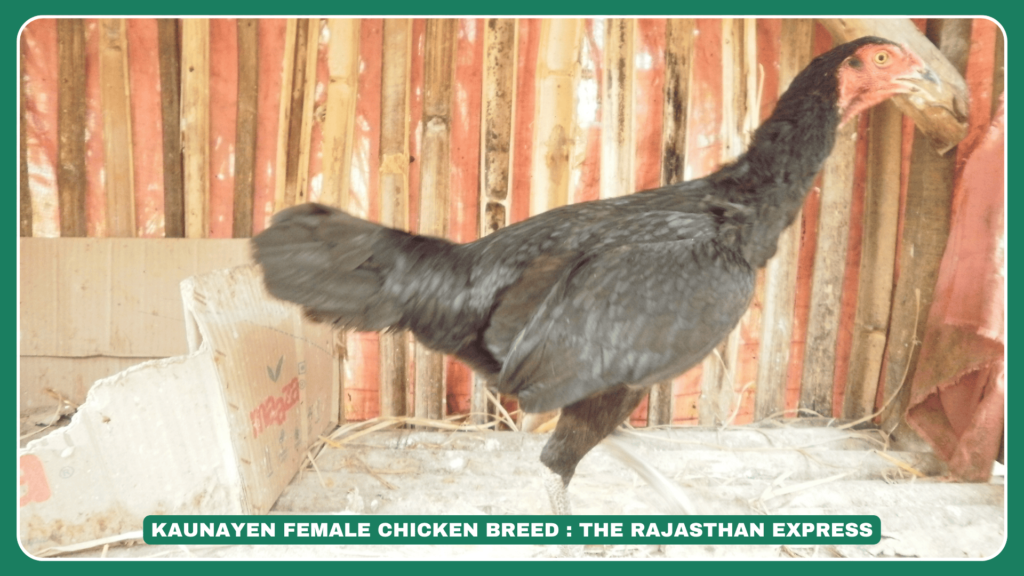
Kaunayen Chicken Information
| Conservation Status | Not at Risk |
|---|---|
| Scientific Classification |
|
| Breed Type | Game-Fighting Breed |
| Alternate Names | Kwakman, Coman, Koman |
| Origin | Manipur, India |
| Breeding Tract |
|
| Comment on Breeding Tract | Kaunayen chickens are distributed throughout the Imphal Valley, including Thoubal, Imphal West, Imphal East, and Bishnupur districts. Some birds are also found in the hill regions. The soil in the valley is alluvial, while the hills have red ferruginous soil. |
| Main Use | Game-Fighting |
| Comment on Main Use | These birds are prized for their martial qualities and contribute significantly to the income of poultry keepers. Fighter cocks are also traded with breeders from neighboring countries. |
| Origin of Name | The word “Kaunayen” is derived from two Manipuri words: “Kauna” (kick/fighting) and “yen” (hen/poultry). The breed is named for its fighting abilities. |
| Herd Book or Register Established | No |
| Breed Societies (if Any) | No |
| Adaptability to Environment | Adapted to local conditions |
| Morphology |
|
| Management |
|
| Performance |
|
| Population |
|
| The Rajasthan Express: Kaunayen Chicken Breed Details | |

Explore the Kaunayen chicken breed, prized for its fighting abilities and dual-purpose utility. Learn about its origin, traits, and management practices.
THE RAJASTHAN EXPRESS
